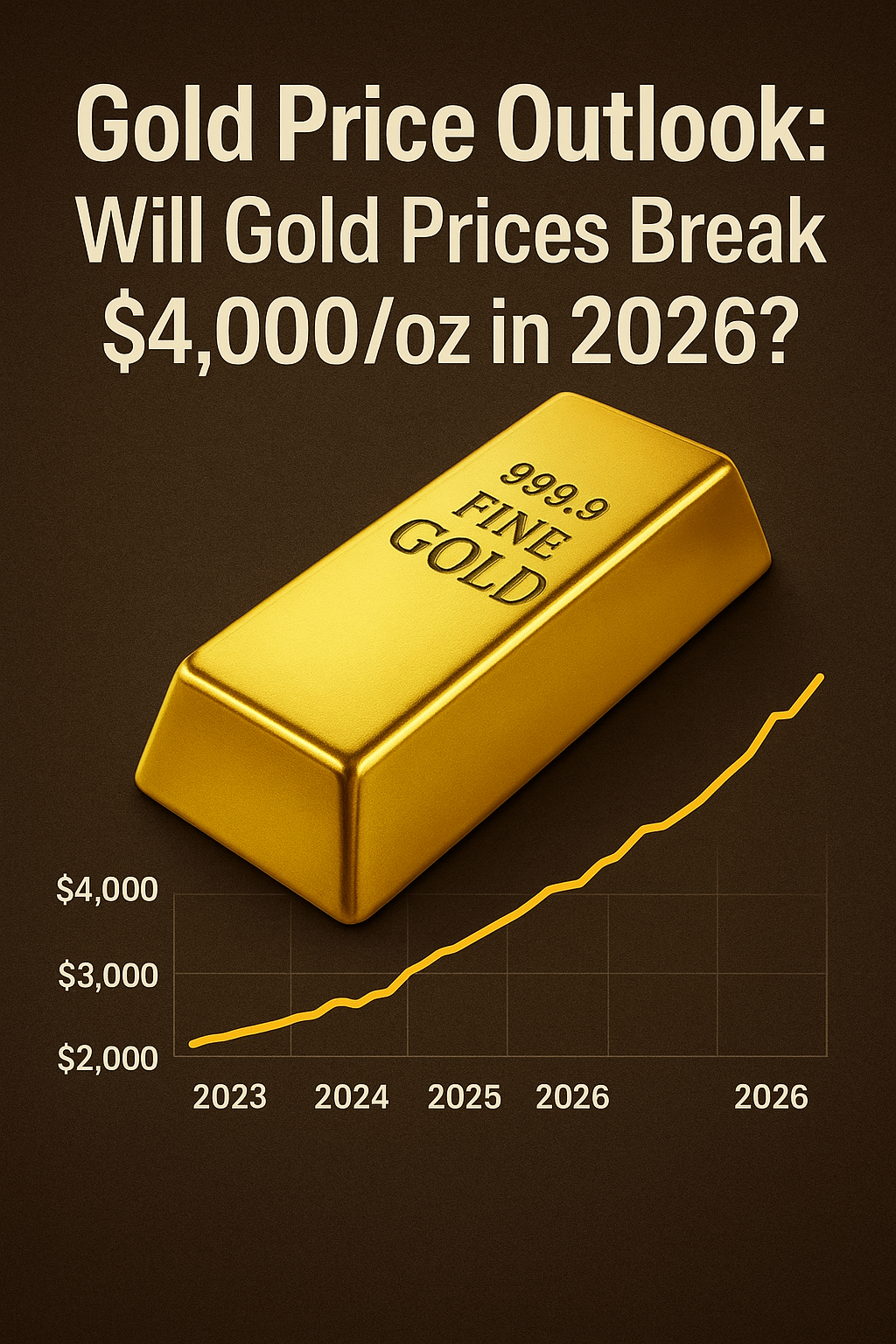
5 Reasons for A New Gold Playbook
The comments below are an edited and abridged synopsis of an article by Ronnie Stoeferle
Gold’s Spectacular Ascent This Spring
The rise in gold prices this spring was nothing short of spectacular. In just a few weeks, gold surged nearly 20% in USD terms, culminating in a 21.7% gain for the first half of the year. In EUR terms, gold increased by 16.4% during the same period. This surge, as anticipated in the “In Gold We Trust Report 2023,” occurred in an environment where traditional expectations would have suggested a decline. The breakdown of the correlation between gold prices and real interest rates raises many questions. Previously, it was unthinkable for gold prices to strengthen amid sharply rising real interest rates. Gold and its investors are now navigating uncharted territory.
Breaking Traditional Correlations
Historically, there has been a strong negative correlation between gold prices and U.S. real interest rates. However, this link has weakened recently. Contrary to expectations, gold ETFs experienced a net outflow of almost 780 tons or 20% from April 2022 to June 2024, even as gold prices soared. Traditionally, this would have pushed gold prices down to around USD 1,700. A key element of the new gold playbook is the shift in the marginal actor in the gold market from the West to the East. Significant demand from central banks and private Asian investors has driven gold prices higher, even in an environment of rising real interest rates.
Rational Decisions and Assumptions
The reduction in gold ETF holdings amidst rising real interest rates is a rational decision for Western investors, assuming:
1. They are not exposed to increased counterparty risks.
2. Actual interest rates will remain positive.
3. They face opportunity costs by underweighting traditional asset classes in favor of gold.
Rising Importance of the East
The global East is becoming increasingly significant in the gold market. Asian countries, particularly China and India, have a historical affinity for gold. In 2023, China and India alone accounted for nearly two-thirds of global demand for gold jewelry. Gold is benefiting from various developments, such as economic uncertainty, as investors seek refuge in gold amid global instability, including the COVID-19 pandemic. Massive fiscal stimulus and monetary easing raise fears of inflation, driving demand for gold. Political unrest and conflicts increase gold’s appeal as a safe haven. Central banks are holding and increasing their gold reserves, highlighting its importance for financial stability.
Central Banks’ Growing Role
Central bank demand for gold accelerated following the freezing of Russian currency reserves. In 2022, central bank demand for gold reached over 1,000 tons, and this trend continued into 2023 and 2024. We are entering a new era, particularly evident in countries with the highest total debt. Japan and France, with significant debt levels, face economic challenges, leading to increased interest in gold as a stable asset.
The New 60/40 Portfolio
The investment environment for gold investors has fundamentally changed. The new gold playbook suggests a higher allocation to alternative asset classes, including commodities and Bitcoin, alongside gold. Incrementum’s recommended allocation for long-term investors includes:
Stocks: 45%
Bonds: 15%
Safe-haven gold: 15%
Performance gold: 10%
Commodities: 10%
Bitcoin: 5%
Conclusion
We are witnessing a fundamental transformation. Old certainties are fading, and established strategies are failing. Adapting to the new gold playbook requires courage and a willingness to embrace change, offering opportunities for growth and stability in a shifting economic landscape. In principle, the new gold playbook suggests a higher allocation to alternative asset classes to align with changes in the investment environment.


